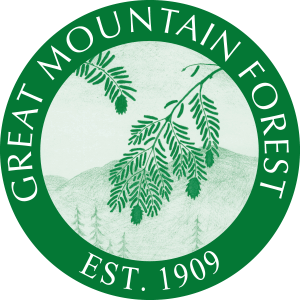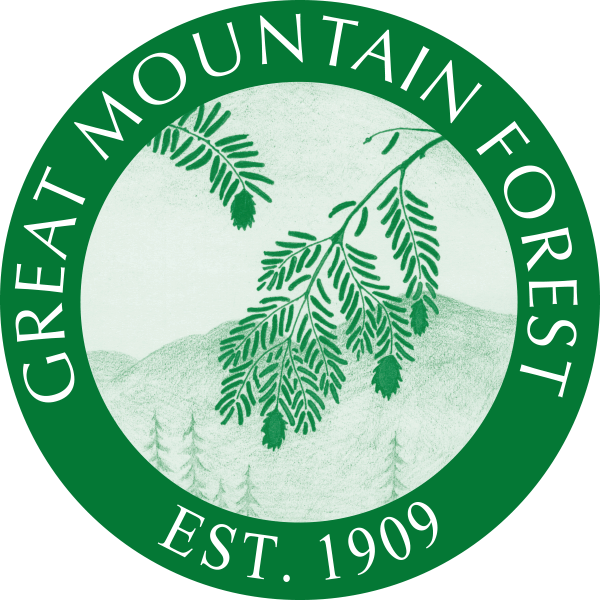A Cold Start to the New Year
By Russell Russ
The year of 2021 was Norfolk’s eighth warmest year and December was the seventh warmest December on record. Winter season snowfall was considerably below normal through December. Would we skip winter this year or was winter just a little slow to appear? Based on January’s weather, it appears that winter was just a little slow to arrive for Norfolk this year. January 2021 had four days with low temperatures in the single digits and just one day below zero. In comparison, this January had seven days in the single digits and eight days with below zero temperatures. Yes, winter found its way back to Norfolk. At least in January it did.
January’s average temperature of 17.9 degrees was 3.0 degrees below normal. It was 5.0 degrees colder than January 2021 (22.9) and 10.0 degrees colder than January 2020 (27.9). These recorded temperatures are pretty amazing. Even with all the cold temperatures, there still were no days with daily record temperatures this month and this January only ranked as tied with 2005 as Norfolk’s 21st coldest January. Remember, January is supposed to be one of the year’s coldest months and in Norfolk’s past, there have been many cold ones. January’s high temperature of 48 degrees was on January 1 and the low of minus 9 degrees was on January 22. Norfolk’s warmest January on record was in 2002 with an average temperature of 31.7 degrees and the coldest was in 1982 with 11.7 degrees.
January’s total precipitation of 2.56 inches was 1.46 inches below normal. The wettest January occurred in 1979 with a total of 11.77 inches and the driest was in 1970 with just 0.74 inch. The monthly snowfall total of 17.9 inches was 2.6 inches below normal. Of January’s thirty-one days, there was at least 3 inches of snow on the ground for twenty five of them. Even with the month’s colder than normal temperatures, Norfolk still had a few days with rain and freezing rain. The largest storm snowfall total was 7.2 inches from January 16-17. Fortunately, even with some snow and freezing rain during the month, there were few widespread travel or power issues. The snowiest January occurred in 1987 with 50.5 inches. Coming in at second snowiest was January 2011 with 50.0 inches. The least snowy was in 1980 with just 2.6 inches.
Norfolk’s 2021-2022 (October-January) winter season snowfall total through January was just 23.5 inches, 21.3 inches below normal. As much as January gave it a good winter effort, October through December failed miserably in their attempts at winter weather. It will take a strong effort from February and March to bring Norfolk back to near normal for winter snowfall levels.
A look at February’s weather through two-thirds of the month showed that winter was still here. Not a snow lovers paradise, but it was winter. Temperatures were running just a little above normal with a few days reaching the upper forties and even one day in the mid-fifties, but there were also several days in the single digits. Temperature swings were the norm. Snowfall was considerably below normal with just under five inches recorded. Precipitation, however, was above normal. One storm alone on February 3-5 produced 2.29 inches. This precipitation was mostly in the undesirable form of rain and freezing rain. As is fairly common in Norfolk’s higher elevation, there was considerable tree and wire icing from this event. Surrounding towns did not get the icing, but many parts of Norfolk (including the center of town) were covered in a shimmering glaze of ice for a few days. There were some minor power and road issues, but fortunately it just produced a slew of pretty pictures instead of too much trouble.

